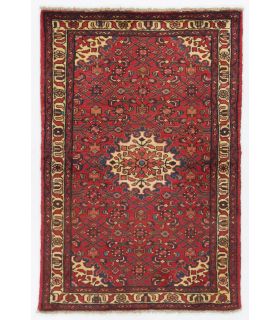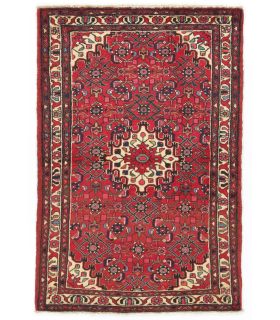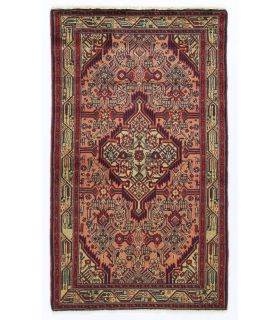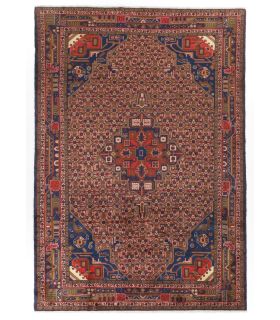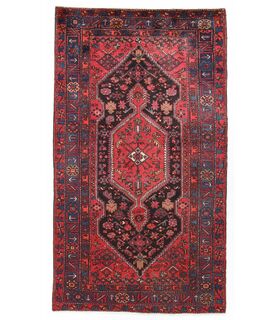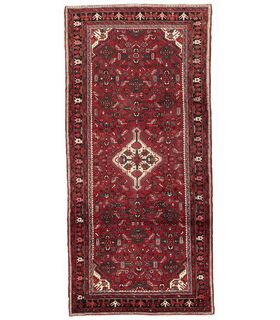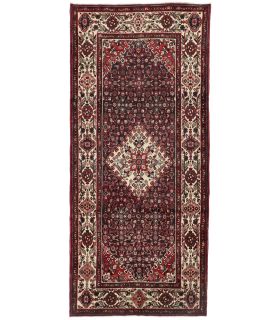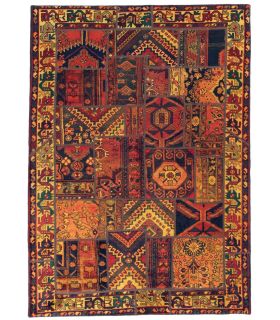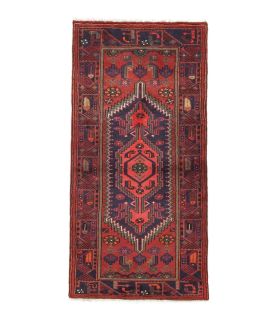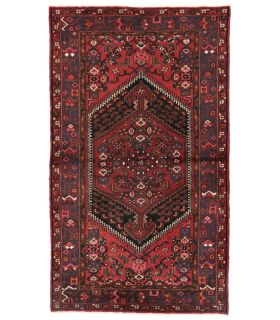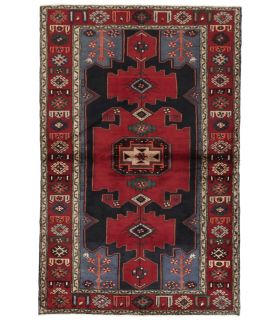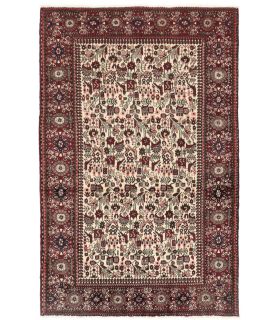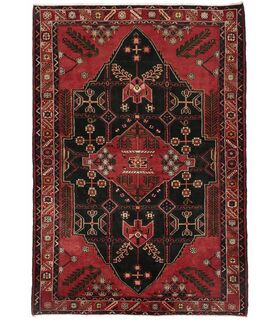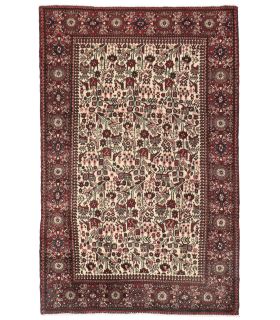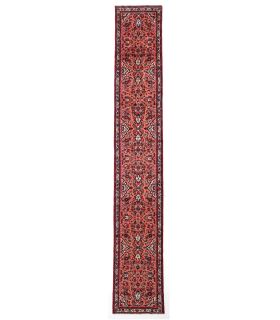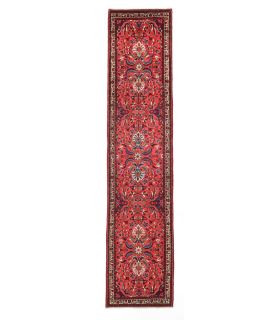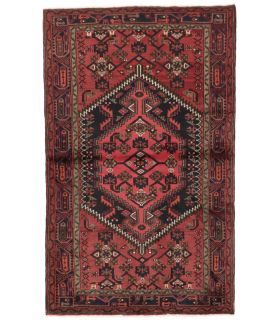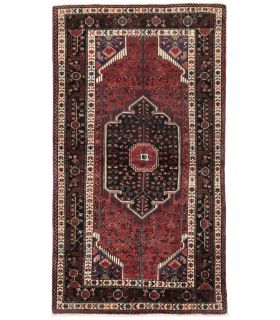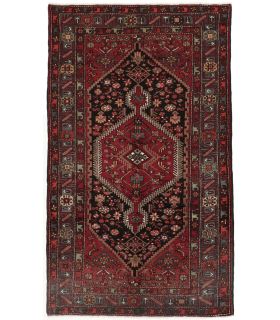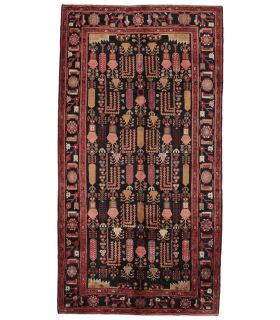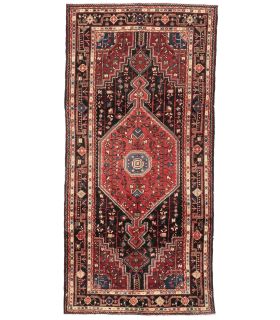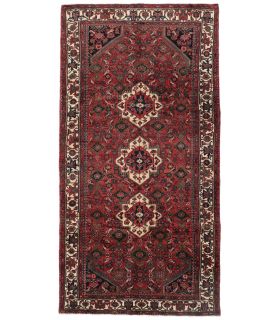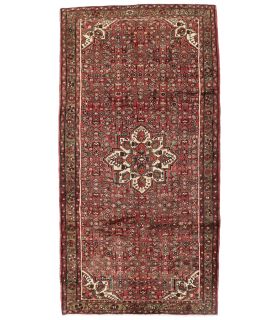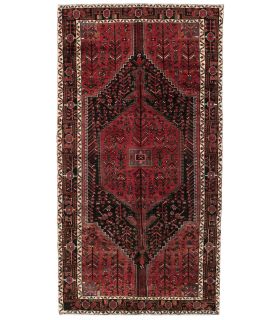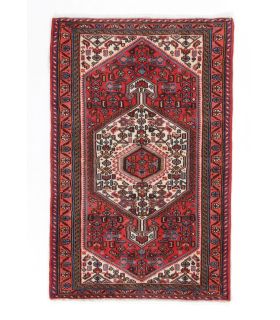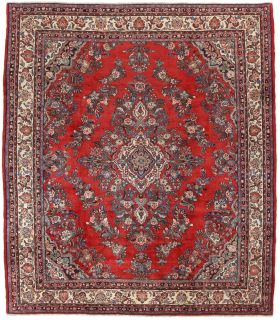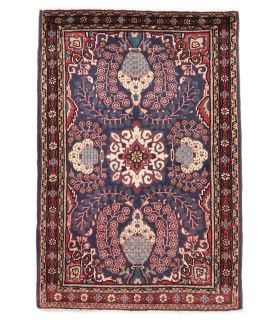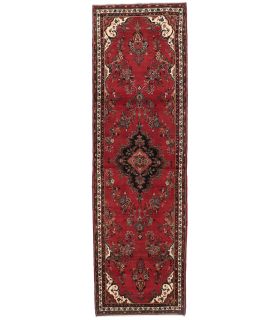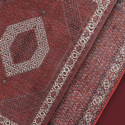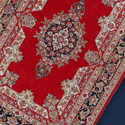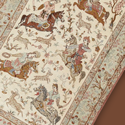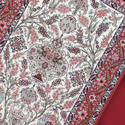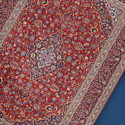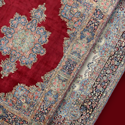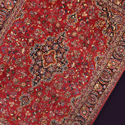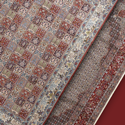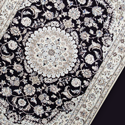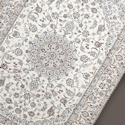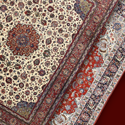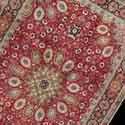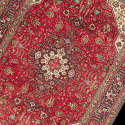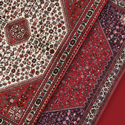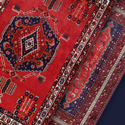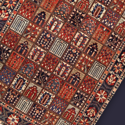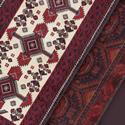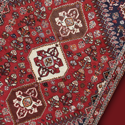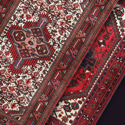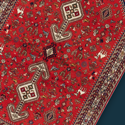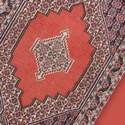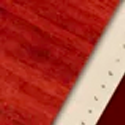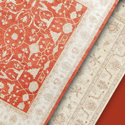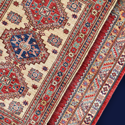Hamadan
Hamadan Carpets – Village Carpets with a High Degree of Charm and Good Quality
Hamadan carpets rank among the lower cost varieties of oriental rugs and for this reason, they are sometimes unfairly perceived as less than high-quality carpets. People produce Hamadan carpets with loving care in homes situated in hundreds of small villages, and the overwhelming diversity of these carpets will rapidly convince even the greatest sceptic. Moreover, the wool used is in fact especially high-quality.
One name – hundreds of villages
The city of Hamadan is located in northwest Iran, about 300 kilometers from Tehran, and it is a major trading center for carpets. Priority is given to collecting carpets from the nearly 600 villages located in the region and trading them in Hamadan. These distinctive, village carpets are considered authentiv Hamadan carpets. Some of them are also sold under their own names, e.g., Tadjabad, Mehraban, Hosseinabad, Khamseh or Endjelas. The first looms initially appeared in the city of Hamadan around 1912. However, these urban carpets have very little in common with original village carpets.
The fascinating aspect of the Hamadan carpet is that there is actually no one Hamadan. Every village and every family has its own style, replete with typical colors and patterns. However, red and indigo blue are the predominant colours. Hamadan carpets are primarily crafted from high-quality wool by farming families who knot carpets in their spare time. This is also why production is significantly higher in the winter, and why Hamadan carpets are usually not available in larger sizes. The farmers’ huts are simply too small for making large carpets.
Hamadan Carpets – persuade with charming colors
Hamadan carpets do share some similarities despite all of the differences among the various, highly individual carpets from the Hamadan region. The basic pattern of Hamadan carpets is mainly kept rather simple. They frequently exhibit geometric shapes that are similar to Hosseinabad carpets or floral patterns as found among Mehraban carpets. The inner fields often contain a Herati pattern as seen, for example, on Endjelas or Khamseh rugs. The repetitive shapes that appear in the borders are frequently portrayed in different colours.
How do you recognize Hamadan carpets?
The knot structure is a good distinguishing feature of Hamadan carpets. Hamadan rugs are almost exclusively produced with one weft, which means that there is only one weft thread after each row of knots; usually there are two or three. This evokes an unmistakable image on the back side where knot rows and weft rows visibly alternate. Turkish knots are exclusively used. The pile is also striking; it is quite thick compared with village carpets from other Iranian regions.
Traditionally versatile and robust - Hamadan carpets are something for individualists
Despite high production volume, Hamadan carpets impressively exhibit good quality and unique features. The wool from the region additionally boasts particularly high quality. The sheep kept in the fertile region feed on nutritious green pastures which makes their wool especially glossy.
The most impressive feature of Hamadan carpets is their enormous diversity. Each single carpet represents a village or family tradition that is consistently passed down and refined from generation to generation. The selection of Hamadan carpets is a dream for every individualist! Hamadan carpets are durable and wear-resistant. They are the perfect carpet for everyday use and add an individual touch to each room.




